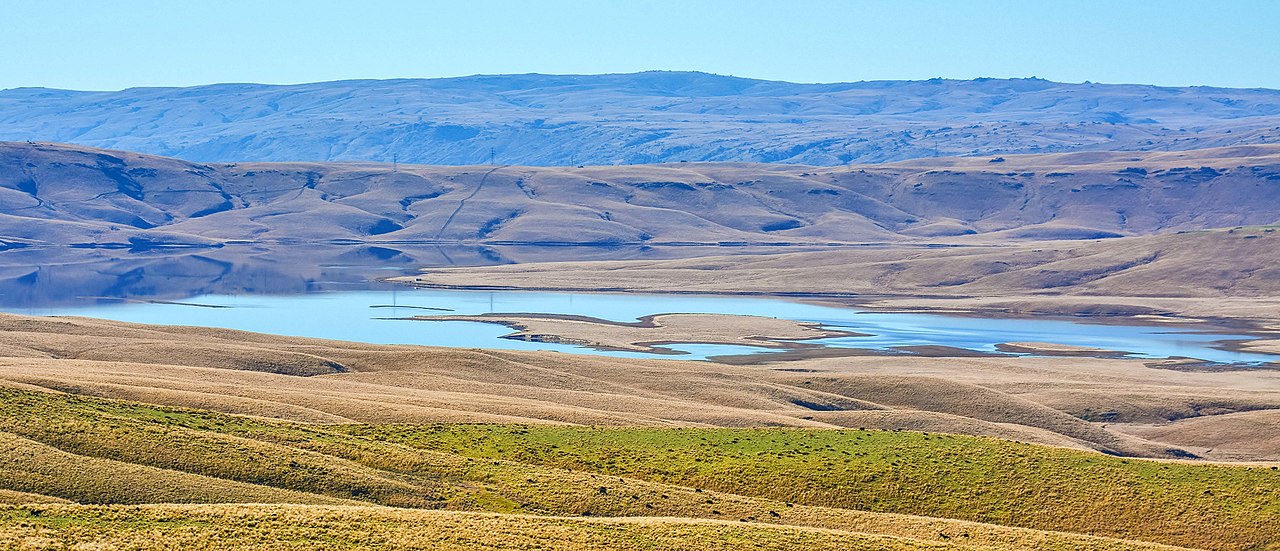
A consortium led by UK-headquartered consulting engineer Mott MacDonald has won a contract worth around NZ$11.5m to investigate the feasibility of a pumped hydroelectric storage system in New Zealand that could help power the country during dry years when conventional hydro power plants struggle to generate electricity and fossil fuels must be burned to compensate.
Initially costed at around NZ$4bn, the “New Zealand Battery Project” – so called because it would act as a battery to be switched on when needed – is being considered at Lake Onslow in the mountainous Central Otago region of the country’s South Island.
Pumped storage hydroelectric schemes work by pumping water into an upper reservoir when there is a surplus of energy, and releasing it into a lower reservoir through a tunnel to drive turbines when energy is scarce. Planners envisage a 5-7TWh system at Lake Onslow.
“This contract represents a major milestone as it begins the targeted engineering, environmental planning and geotechnical feasibility investigation for Lake Onslow,” New Zealand’s energy and resources minister, Megan Woods, in announcing the contract today.
Mott MacDonald, along with Australian consulting engineer GHD and New Zealand environmental planning and design consultancy Boffa Miskell, will drill boreholes to examine the underlying geology in order to identify possible tunnel routes and locations for an underground powerhouse, as well as assessing environmental impacts.
According to the scheme’s indicative timeline this initial feasibility study would lead to a more comprehensive one informing the decision to proceed to construction, which could begin in 2024, lasting four to five years. Filling the upper reservoir would take around two more years.
Minister Woods added: “I want to thank mana whenua and the local community, particularly the landowners around Lake Onslow for their patience as we look to conduct investigations and acknowledge the challenging and unique situation they are in.
“While this project has the potential to benefit all of New Zealand, the project team will continue working with and supporting these groups.”
Top image: The scheme is being considered at Lake Onslow, pictured, in the mountainous Central Otago region of the country’s South Island (Shellie/CC BY-SA 2.0)
Comments
Comments are closed.

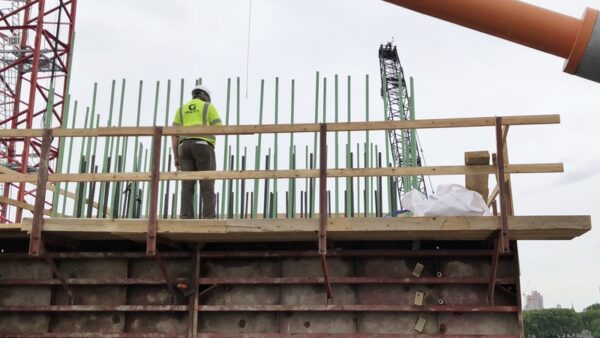


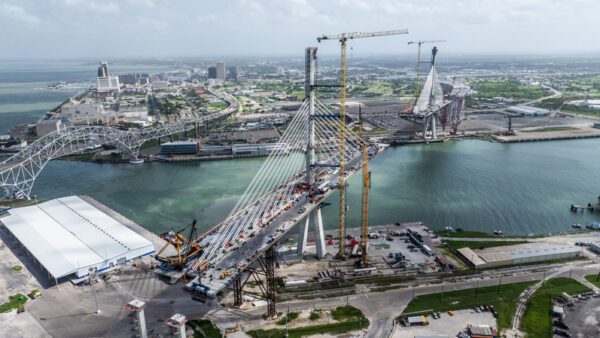

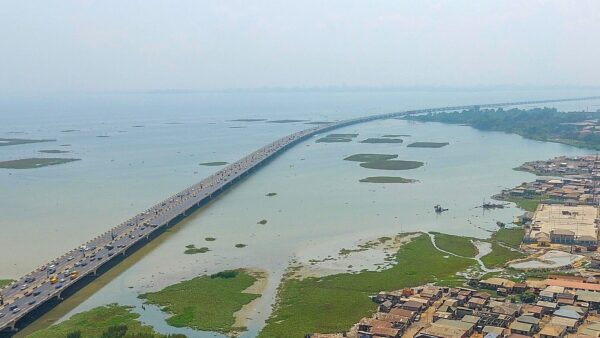
this is similar to Dinorwig hydroelectric power station in Snowdon North Wales that has been running succesfully for the last 40 years